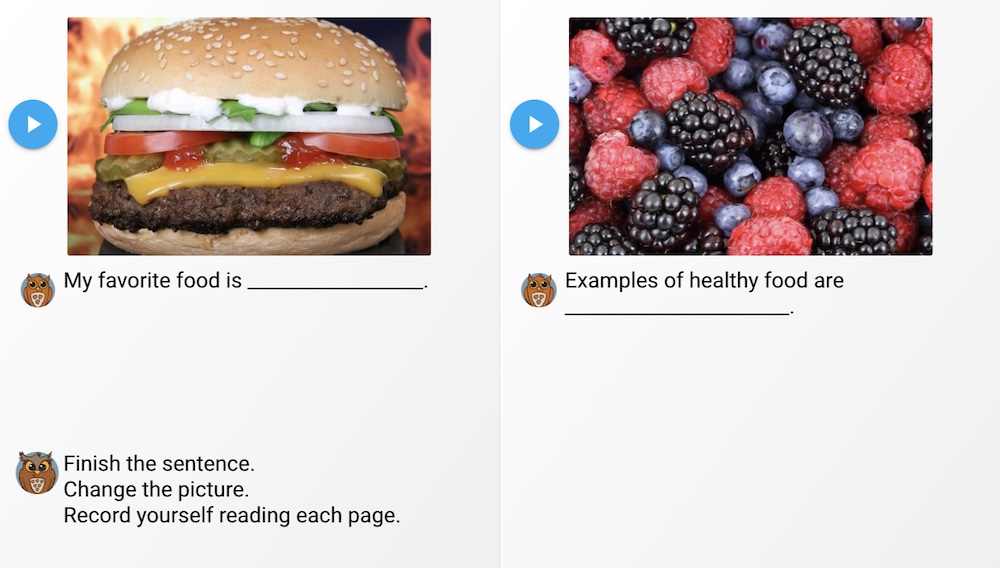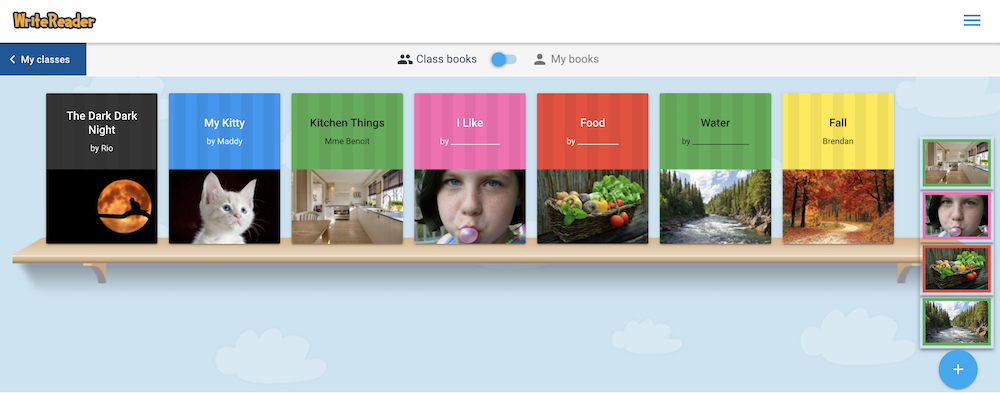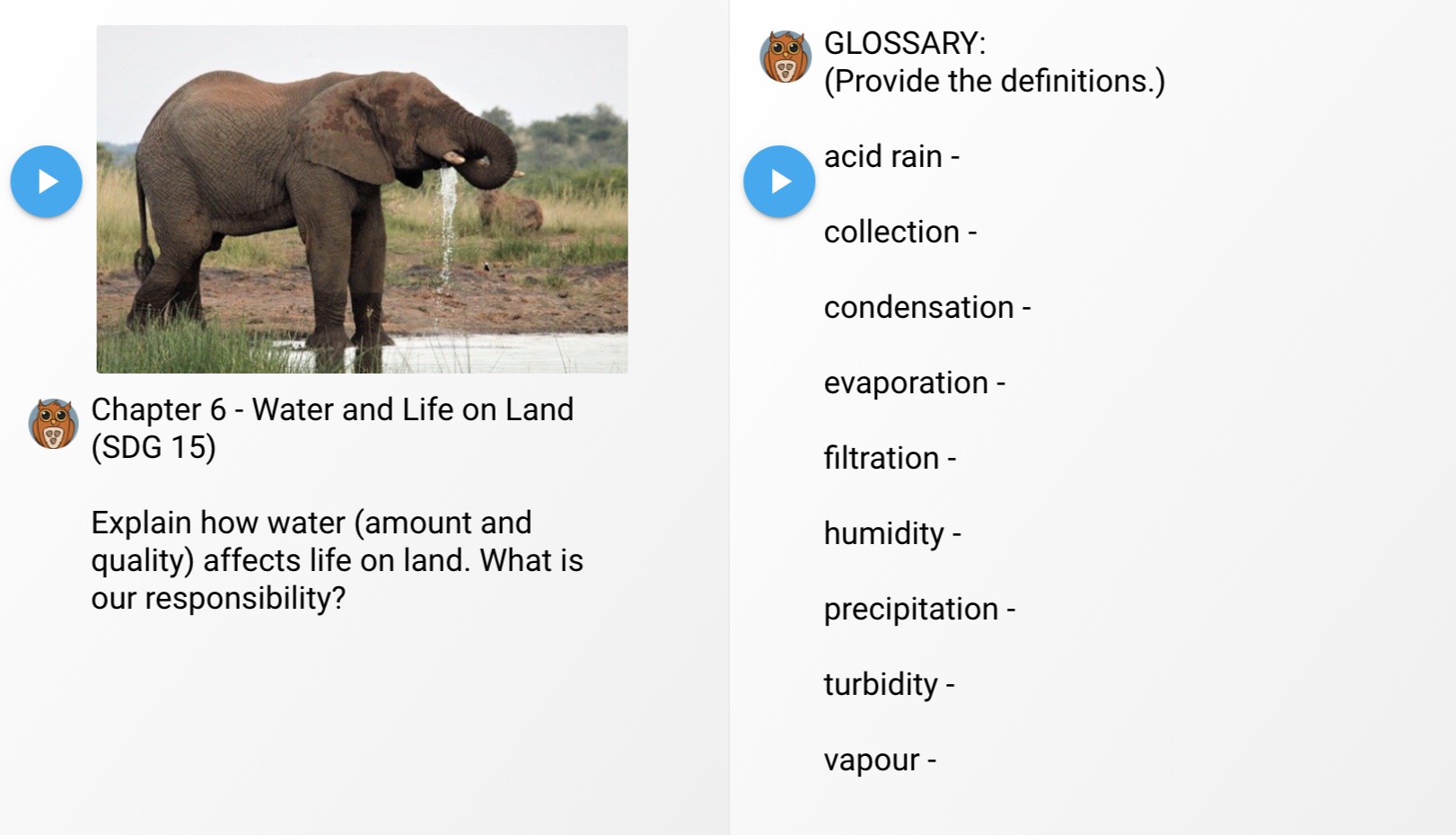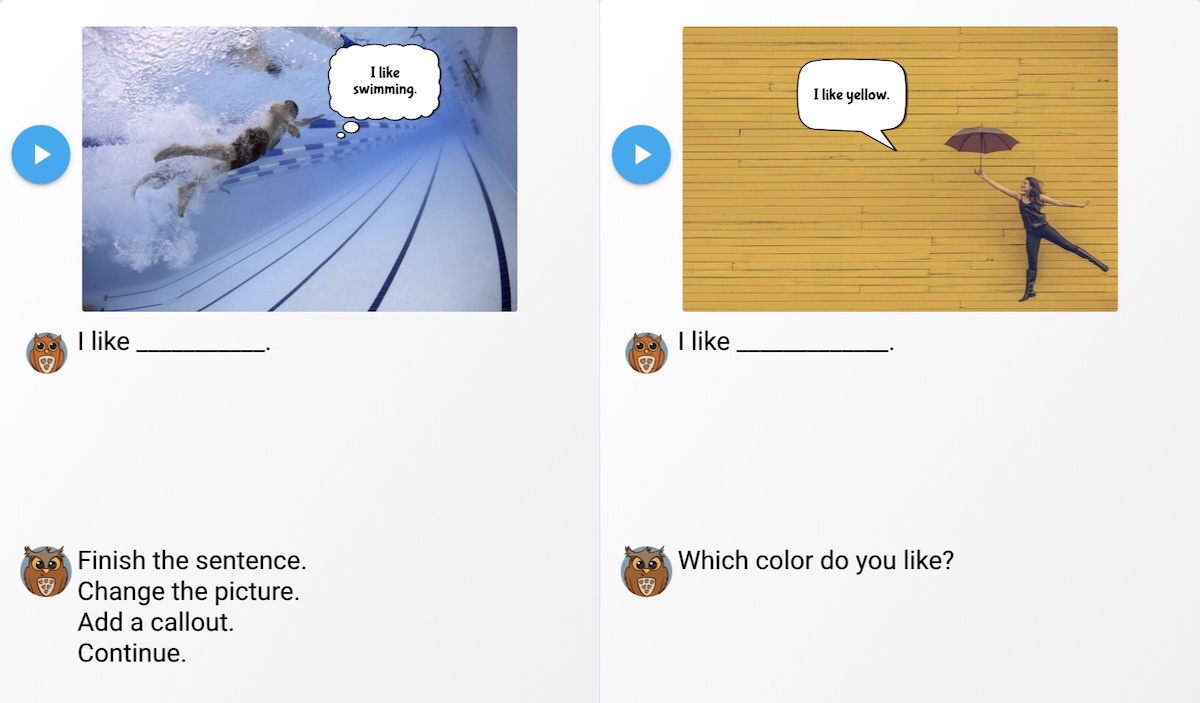Have you ever gone on vacation hoping to see a world-renowned structure, such as the Leaning Tower of Pisa or Big Ben, only to discover that it is under restoration? The entire structure is hidden from view by the scaffolding and tarps. While that may be disappointing for a tourist, scaffolding is extremely important for the workers. It allows them to move to safely from one level to the next while also protecting the structure.
Benefits of scaffolding
Think of this as a metaphor for the instructional strategy of scaffolding, which is crucial for teachers and students alike. Scaffolding your instruction means to provide progressive steps or levels in the writing process and to break the work up into manageable chunks. It provides a ‘safety net’ for students, so that they feel secure in how to proceed and progress rather than experience a free-fall towards confusion, frustration, and potential failure.

What are the benefits of scaffolded instruction in the writing process? First of all, scaffolding allows for the individualization of the writing lesson and sets a purpose for writing. It also builds capacity in young writers and helps them to internalize the process. Lastly, but not least of all, scaffolding provides differentiation/modifications and support for all learners. We meet students where they are at in their learning.

Templates as scaffolding
Template creation is a feature to help teachers to scaffold the writing process for students. You can create a book and share it with your class to use as a template. You will see a template sharing slider button at the top of the page.

Once you’ve created your book, slide the button to the right and all of your students will see this book on their bookshelf page. Once students open this book, they are able to edit it and make it their own based on the framework that you have provided. Their new book (with your framework) will be saved on their bookshelf.

Applications
There are numerous possible applications for this feature. Here are some suggestions:
-
Exemplars
- Create and share book templates which give students an example of the type of work that is expected, (eg. specific frameworks, chapters, or subtopics). The purpose of exemplars is to help students understand the goals or standards needed to achieve a specific learning outcome and hone their skills and expertise.
-
Vocabulary development
- Teachers can create glossaries in template books using words that are important to the unit of study and students can show their understanding by providing definitions.
- ELL or dual-language track students can create picture dictionaries to match visuals to words in both languages. Moreover, the first title and first few pages of the book can be created by the teacher in a template to show them how to proceed.
- Unit word banks can be provided by the teacher in the templates and students would be asked to write about the topic as fully as possible by using those words.

-
Direct instruction
- Sharing book templates enables educators to provide direct instruction, scaffolding, and differentiation of the writing process for students. Educators can record instructions for each page or read the words on the page to support all levels of learners.
-
Assessment
- Align the assignment with a co-created rubric so that students know the intended target and that teacher assessment reflects the learning standards.
- Quizzes or tests – Provide templates that serve as a unit quiz or test. Students write about what they have learned, or use the speech-to-text feature as an alternate means of expression.

-
Model writing structures and grammatical syntax
- Sentence frames – Emergent writers benefit from the use of sentence frames to help them get started and to learn basic sentence structure. (Eg. Children can create repetitive pattern books with sentence starters such as ‘I like ___.’) The complexity of the sentences will vary based on the abilities of your students. Educators can create the first few pages and then, through the gradual release method, students will learn to continue writing using the same structure.

- Paragraph structure – Create book templates breaking down the components of a paragraph: introductory sentence, three supporting or detail sentences, closing or summary sentence. Teachers can write hints or examples in the educator writing field to guide the students writing.
- Book structure and text features – Create book templates with the required text features. Students will add relevant information into each section or chapter.
- Grammatical syntax – Teachers/guardians can use feedback to the guide the writers about the punctuation, language markers, syntax and formatting. This helps greatly with word recognition, word prediction, and fluency.
Conclusion
Try creating some book templates today to add to your class bookshelf. By doing so, you can scaffold instruction and provide guided support to students throughout the writing process. In addition to this, educators will be able to differentiate assignments and provide exemplars. Thus, students will be aware of the learning goals. In turn, this will make students’ writing easier to assess and will ensure that you are targeting specific learning standards.
Happy writing!
